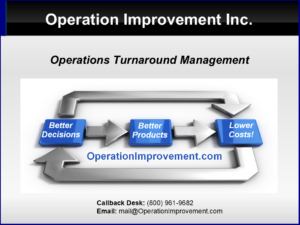How do you diagnose process control problems?
First make sure we understand the process!
[See this example: Ceramic Manufacturing Process in 10 Steps (khatabook.com)]
Starting with ore (Rocks!), we organize the ceramic process into a few mental “buckets”, then further break down each process step to a desired level of detail.
Ore->(Procurement & Beneficiation->Mixing & Forming->Green Machining->Drying & Sintering->Glazing & Firing)->Ceramic Part.
Like geographic maps that cover countries, states, counties and cities with only four levels of detail – these mental “maps” that we make of process help us to “zoom in or zoom out” on particular aspects as we begin to problem solve.
We now have a context for data collection, true process control (not “product” control) and capability assessment.
Next, you can think of each part of the process as a “test point”. At each level of detail, add the appropriate metrics and measures such as particle size, viscosity, machining tool selection, speeds, feeds, dimensional targets and tolerances, moisture content, temperature, and so on. If you haven’t been tracking these key metrics – better late than never! Use this past and current process control data to determine exactly when and where things changed.
A ”cause” is a thing – a noun. You are searching for some -thing- that is present, missing, or behaving differently. Good process control data tells you when and where to look.
The tough problems are the ones with interactions – multiple causes. The really tough problems are sometimes caused by a neighboring process instance that shares plumbing, power or other facilities infrastructure with the process in trouble.





